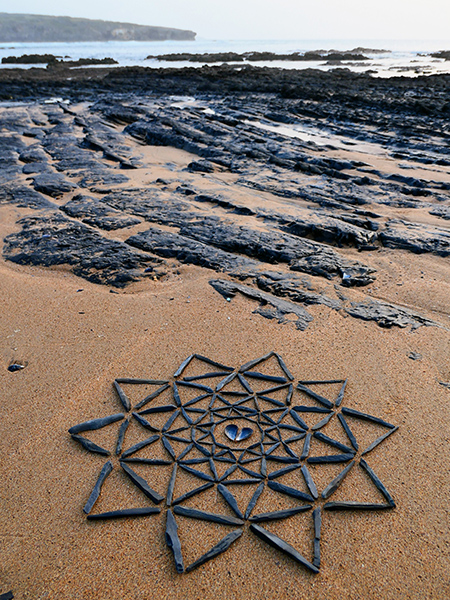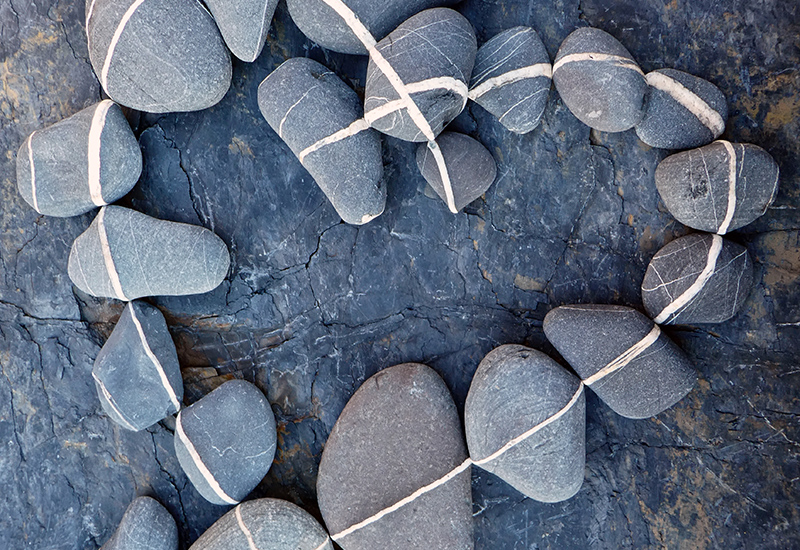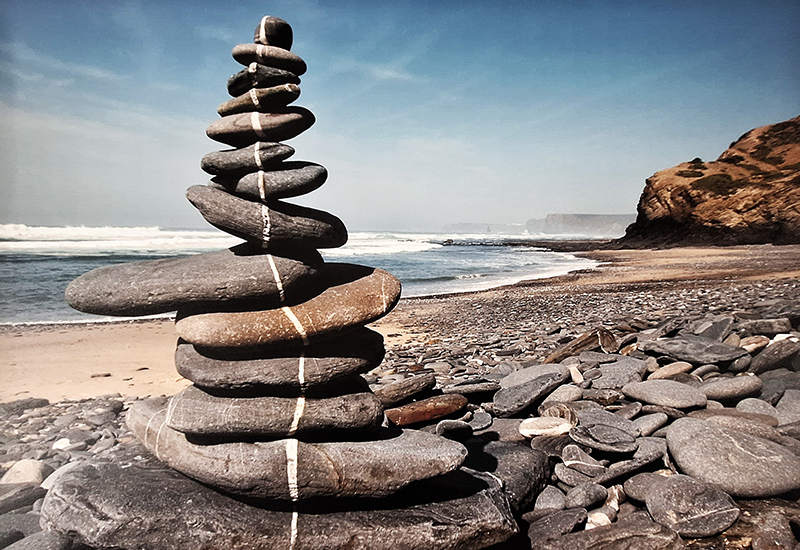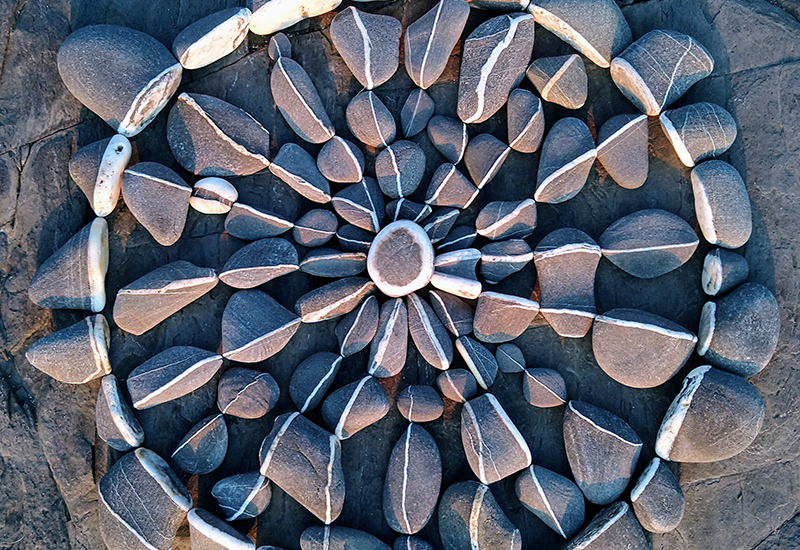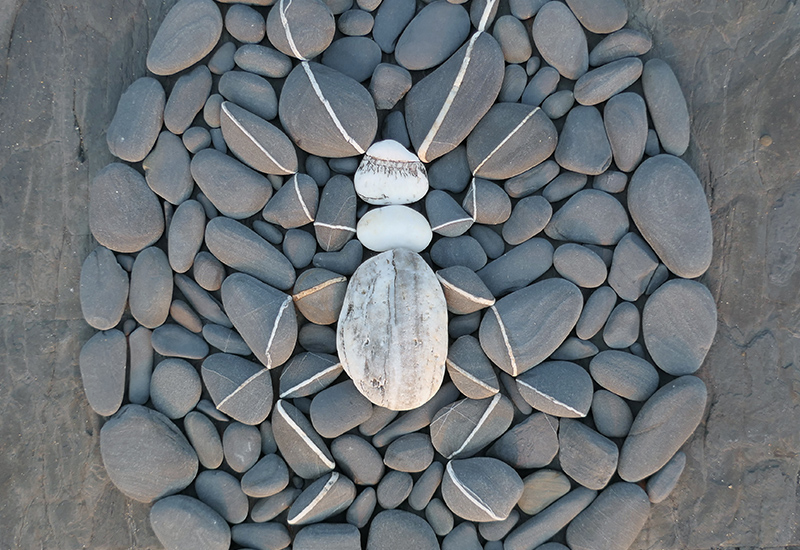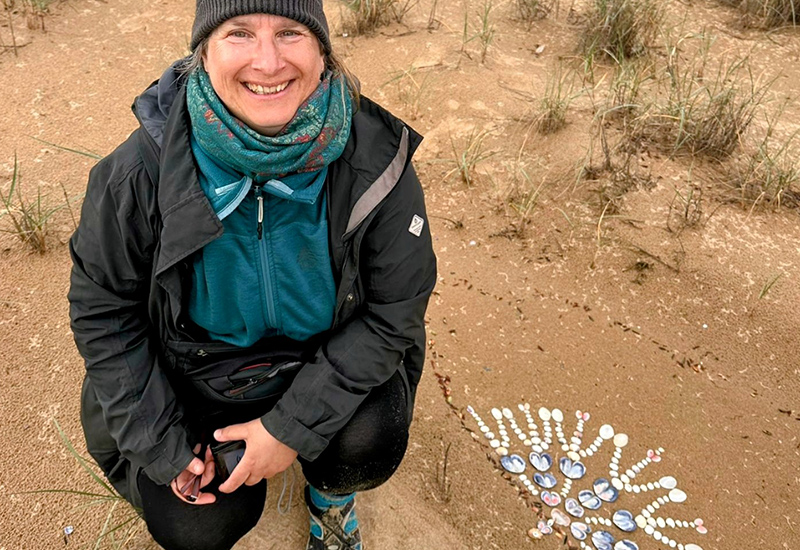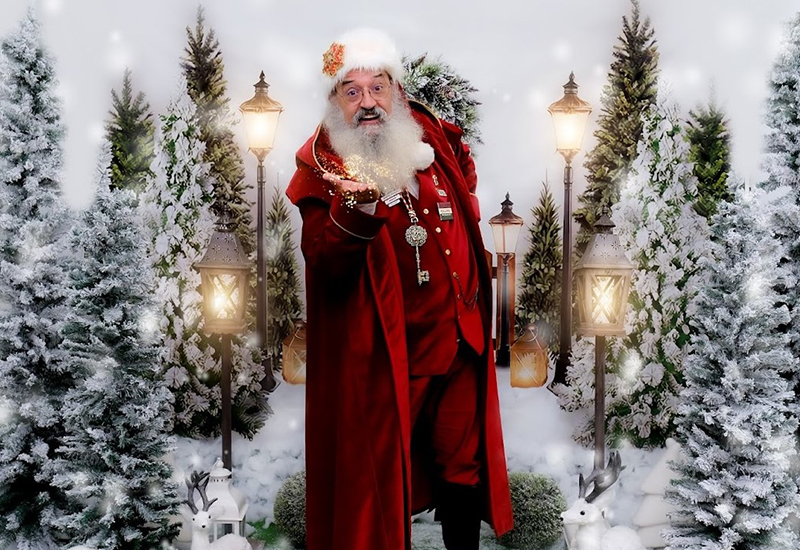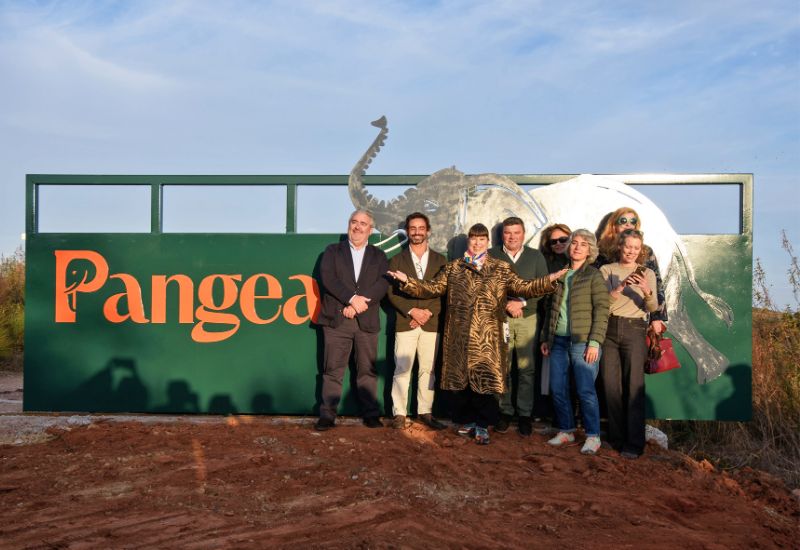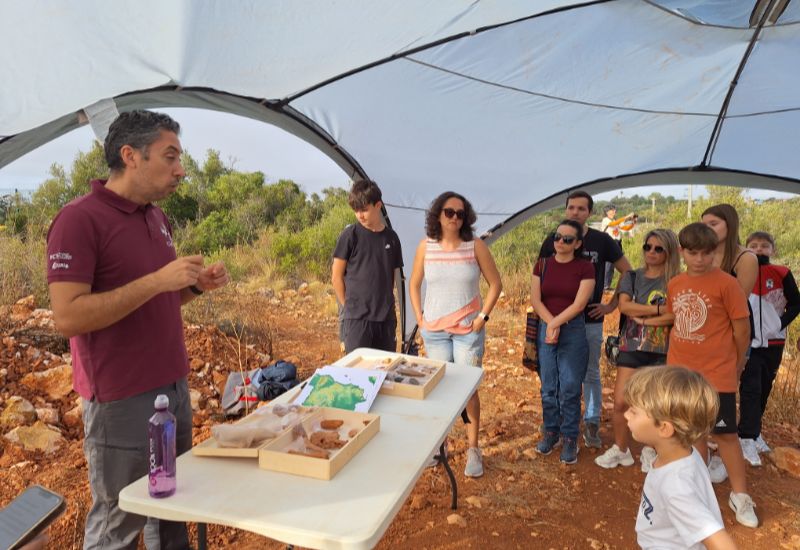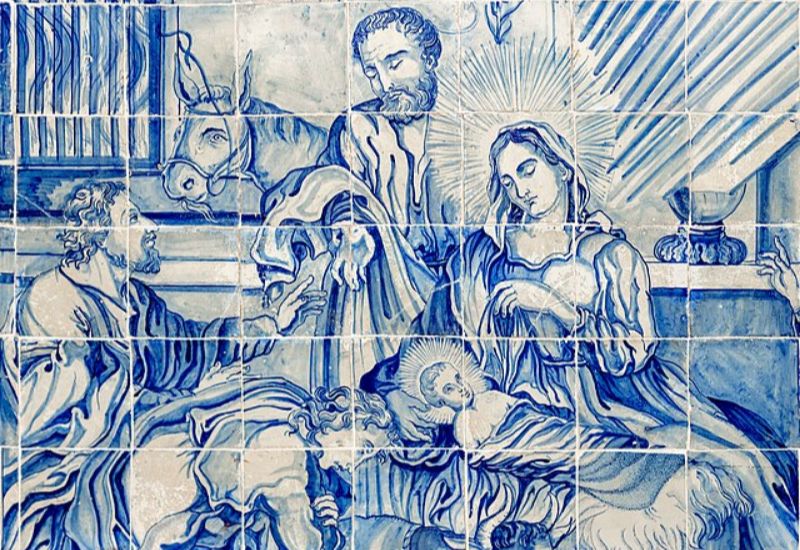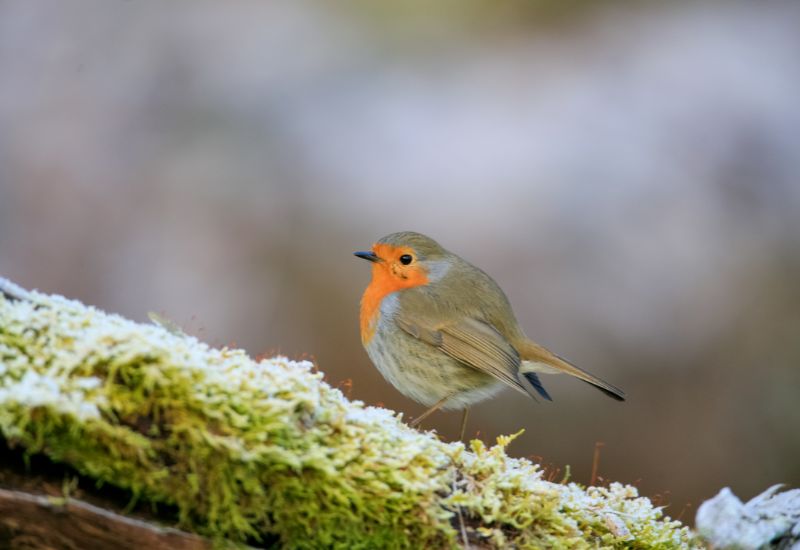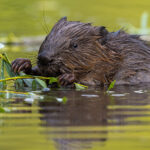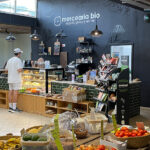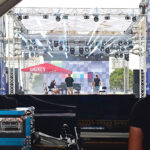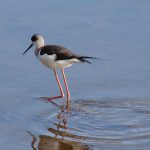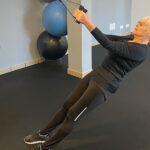I had never heard of a ‘land artist’ before, so when Tomorrow asked if my curiosity could be piqued, I was intrigued.
Lucia Pec lives in Vale da Telha on the Algarve’s Atlantic coast near Aljezur. She, with partner Harald, have been coming to the Algarve for 15 years to spend several months during the winter and early spring. The south coast near Albufeira was their initial choice of destination, but, when the couple discovered the Costa Vicentina and the charming village of Arrifana, they decided to make it their second home. They have loved it ever since. There was something about the rugged Atlantic coast that called to them and for Lucia, whose part-time occupation was land art, the decision was perfect.
Land art originated in the 1960s and even earlier, much earlier if you include earthworks like Stonehenge near Salisbury in England, the stone circle near Portugal’s Évora or the white limestone horse on the South Dorset Downs in England. By the 1960s and 70s, land art was being explored and created with enthusiasm. There were influences like the Vietnam War and its polar opposite, the ‘peace and love’ movement. It was a time when ‘back to nature’ was becoming a common theme for alternative thinkers. Instead of art being the purview of galleries and exhibitions, why not use the great outdoors? After all, it’s an unlimited display table.
Lucia lives part-time in the Czech Republic, which is a landlocked country, but land art can be created in all environments. The materials used in the medium are the natural elements from the area you have chosen for your creation. In the woods, you can find sticks, branches, roots, stones, flowers, leaves, moss, nuts, pine cones, pine needles and more. At the beach, there are rocks, sea shells, corals, driftwood, fossils, seaweed and sand.
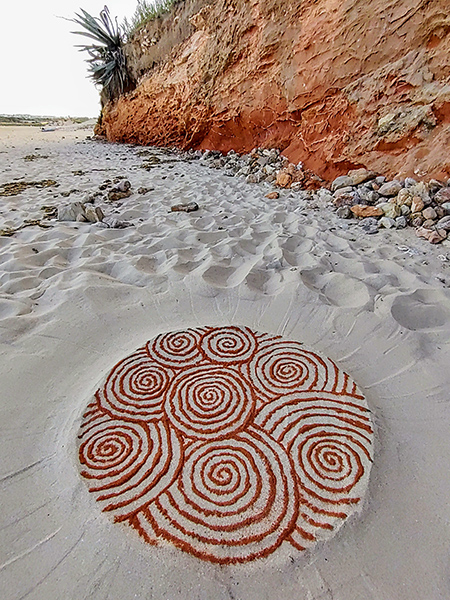
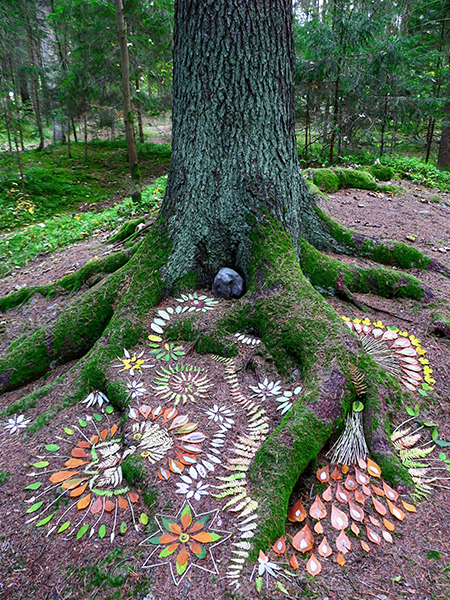
When she first came to the Costa Vicentina, Lucia saw the need for beach clean-up; there was just so much plastic waste being washed up on the shore. She would spend hours collecting plastic rubbish. Not long afterwards, she was inspired to produce her first piece of seashore land art.
There are several renowned ‘land art’ artists whose works can be found online. Lucia was inspired by Andy Goldsworthy, whose local environment in England is not unlike that of her local Czech woodland. “Typically, land art is an ephemeral creation. I create a piece, sometimes taking many hours, photograph it from different angles, and perhaps wait until sunset for the right light and perfect composition. Afterwards, I let mother nature take back everything. I have the memory and the pictures. The ingredients return to nature where they belong,” she explained. “The whole concept revolves around a symbiotic relationship and a deep connection with the earth. You see and then feel what you want to do. As if by magic, you become more aware of your surroundings and the more you have that feeling, the more likely it is that nature will provide it.”
After 15 years of visiting the Algarve, Lucia has a varied and diverse collection of land art photographs. She has printed each one on a card with her signature limpet design on the back. All her work is displayed on her website (see link) and, if desired, a piece can be purchased for a modest price and then printed on the medium of choice and in the size and shape required. Each artwork comes with a message from the artist, inspired by its unique design.
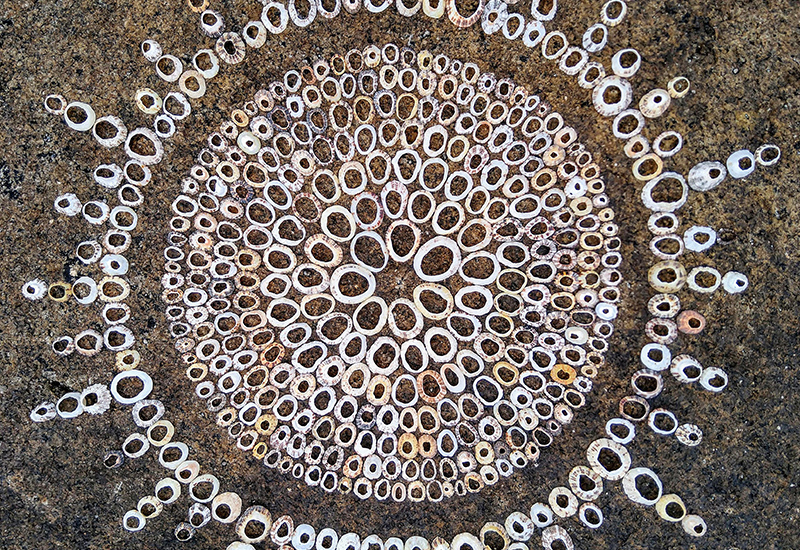
“My land art is not a business,” explained Lucia. “I feel it’s more of a ‘calling’.” Having said that, her work is available in the form of a pack of artistic cards, a calendar or a workshop/tour. “I do four-day workshops and guided nature tours:Your Creative Nature, April in the Algarve and June in the Czech Republic.”
Lucia´s work is yet another testament to the beauty of the Algarve´s natural landscape. And if life imitates art, then we can be sure that art imitates nature.
Lucia’s Facebook page: MyBeachArt
Instagram: my.creative.nature
Website: www.mycreativenature.net
